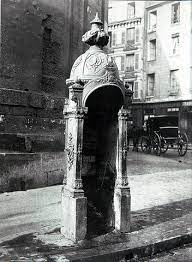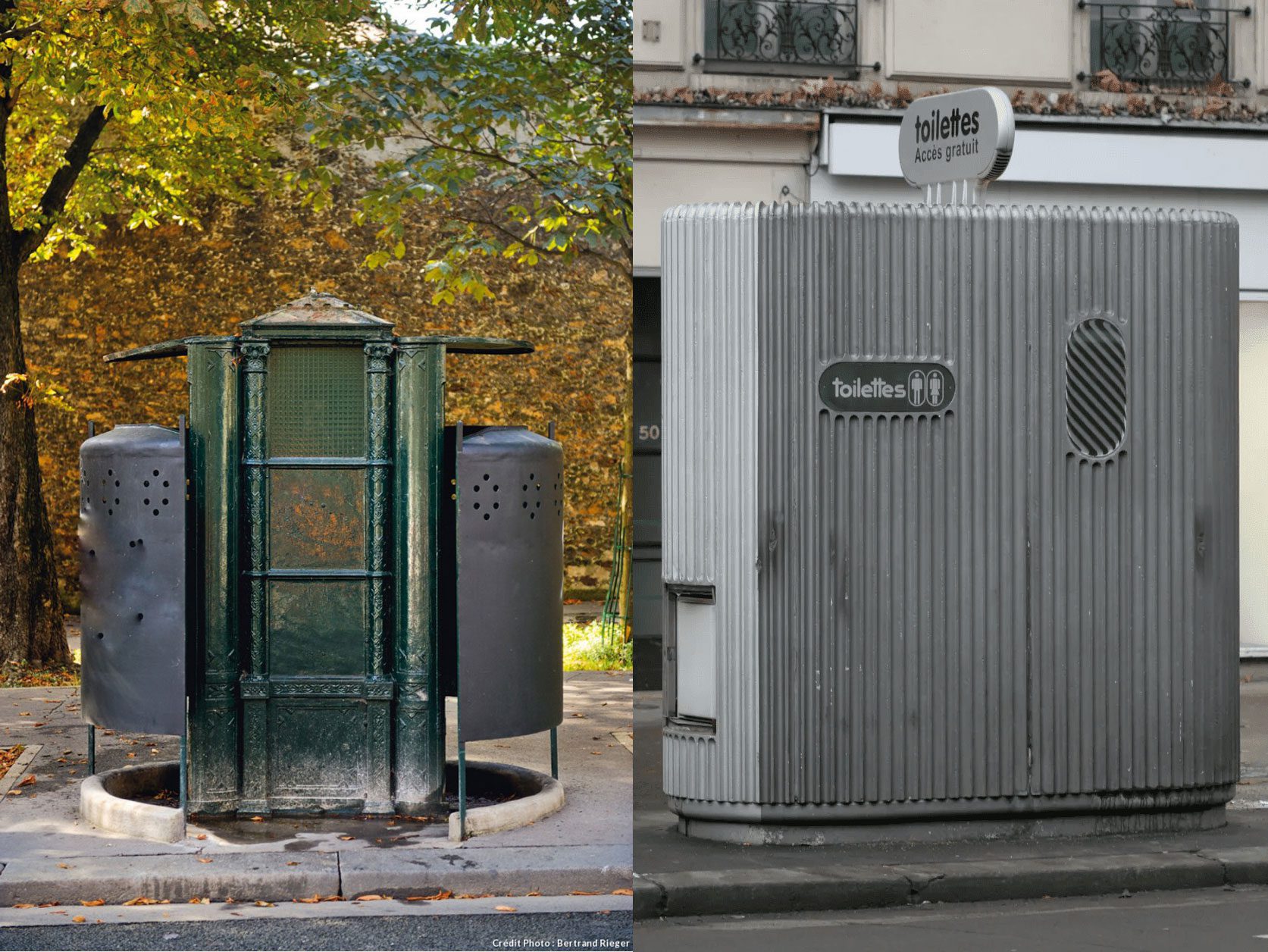It’s quite a story, that of the appearance of public toilets! Often a subject of ridicule, public toilets remain a need and an essential social right in urban environments. Today, we’re sharing their history with you, from their creation by the Roman Emperor Vespasian to today’s women’s urinals.
The history of public toilets began in Rome in the first century A.D., when the emperor Vespasian, father of Titus, decided to establish a tax on urine. This tax may sound funny, but it turned out to be very prolific, since urine was used by textile workers at the time for the cleaning properties of the ammonia it contained. So Vespasian set up what can be considered the very first public toilets. Containers were placed in the streets of Rome so that textile workers could come and collect the urine when passers-by had filled them.
"Pecunia non olet" (Money doesn't smell)

In France, until the end of the 18th century, it was usual to relieve oneself anywhere outdoors. However, at the end of the 1700s, an edict formally prohibited these practices “de par le Roy”, making life very difficult for the French!
Antoine de Sartine, lieutenant-general of the police, decided to install cesspools in the streets of Paris to allow passers-by to relieve themselves. With urine still considered a source of income, this time for the phosphate it contains (a natural fertilizer), the race for innovation began.
In 1800, two types of thoughts emerged:
It wasn’t until 1834 that the first public toilets appeared, thanks to the Comte de Rambuteau (George Haussmann’s predecessor as préfet de la Seine).
After an epidemic of cholera that devastated the country, hygiene became a major issue to prevent the spread of bacteria and diseases. The Count therefore installed the first public toilets on the boulevards of Paris. Rambuteau’s individual urinals were designed to provide the City of Light with more hygienic toilet facilities.
It wasn’t until the end of the 19th century that Parisian “Vespasiennes” saw the light of day(see Emperor Vespasian mentioned above). These small “necessity” cabins finally enable women to relieve themselves away from home. In the 60s, the vespasiennes became a meeting place for homosexuals, where men seeking new relationships liked to linger. However, these homosexual relationships are frowned upon and tarnish the reputation of the vespasiennes. The National Assembly therefore decided to demolish them.
Gradually, the vespasiennes disappeared from Parisian streets, giving way, twenty years later, to the first urinal of the JC Decaux brand, today the world leader in street furniture.


From this brief retrospective of the history of public toilets, it’s easy to see that they were never really designed with women in mind.
And yet ! Women spend 2.5 times more time in the toilets than men. They are therefore the ones who are the most in need of public toilets.
Until the beginning of the 21st century, women only had ” small cabins ” to relieve themselves of a pressing urge. In 1981, JC Decaux created the first sanitary unit dedicated to women.
After nearly 2,000 years without much consideration, women are finally seeing solutions such as Lapee urinals, designed especially for them. Tested in Toulouse in 2019, this innovation will finally enable women to relieve themselves in public spaces in complete safety and without having to endure long queues !

For more information:
Read the France Culture article